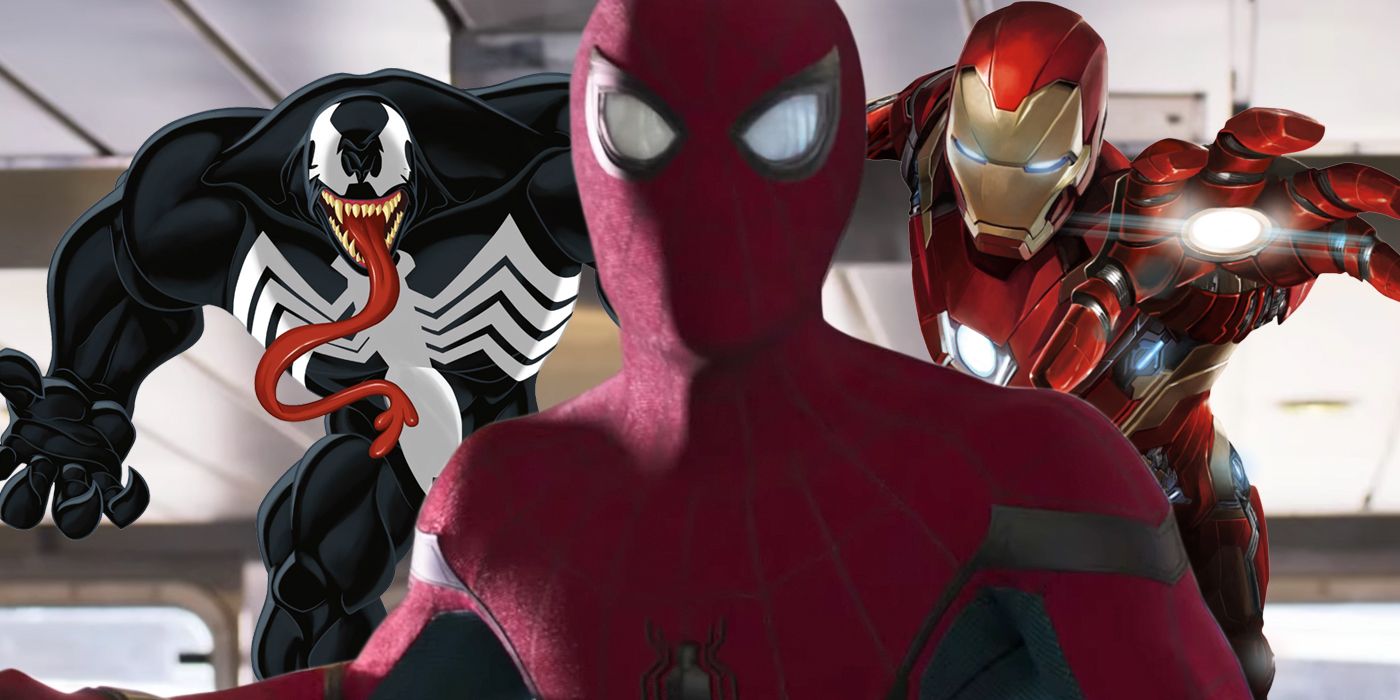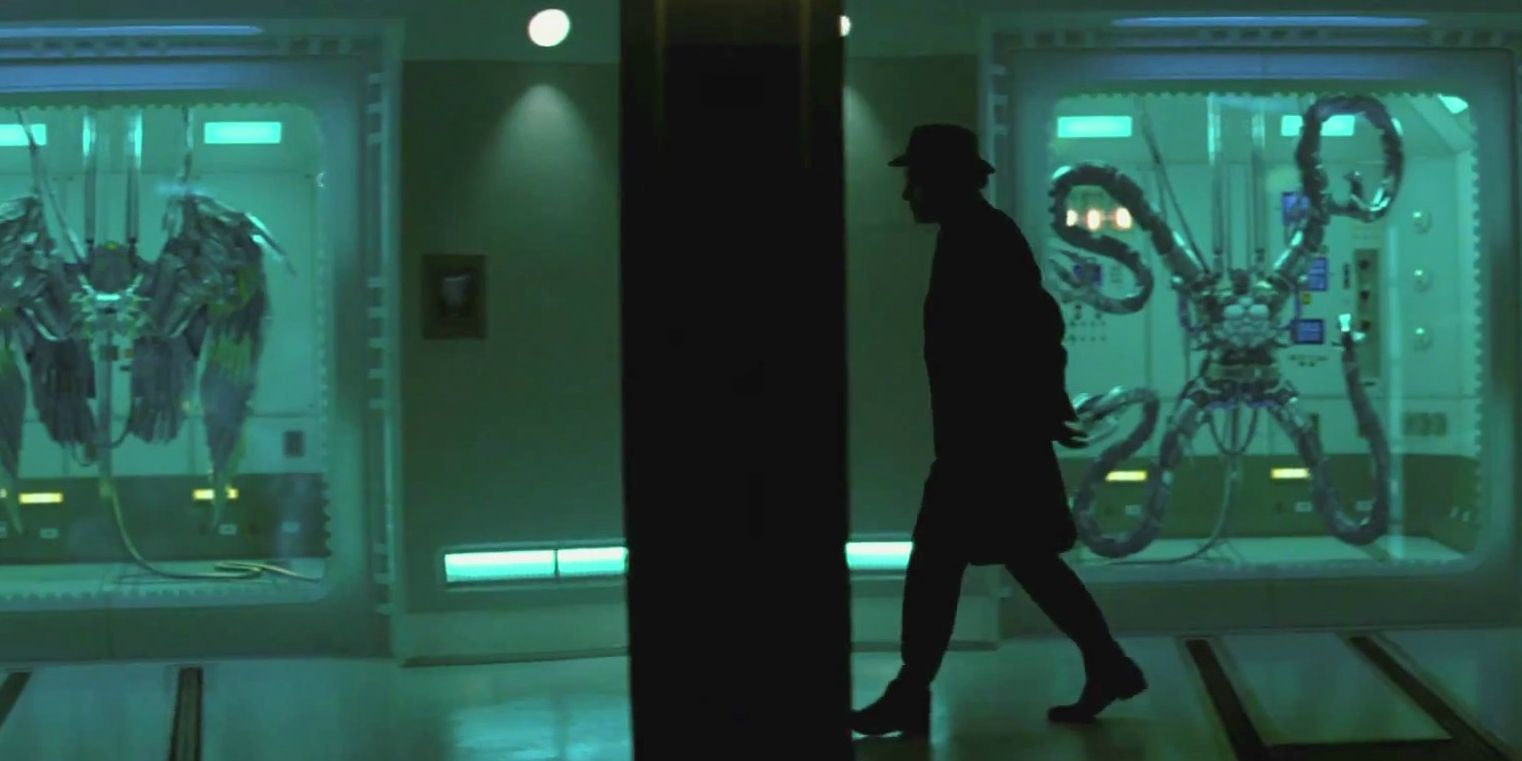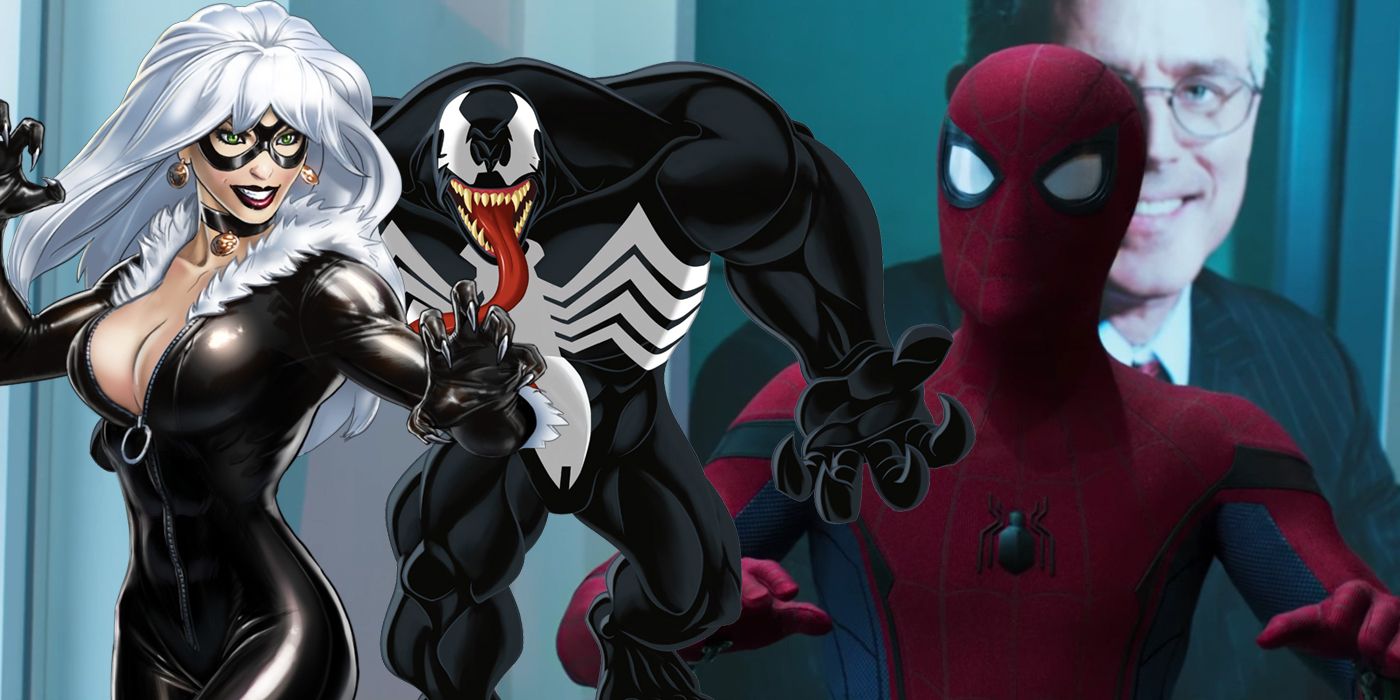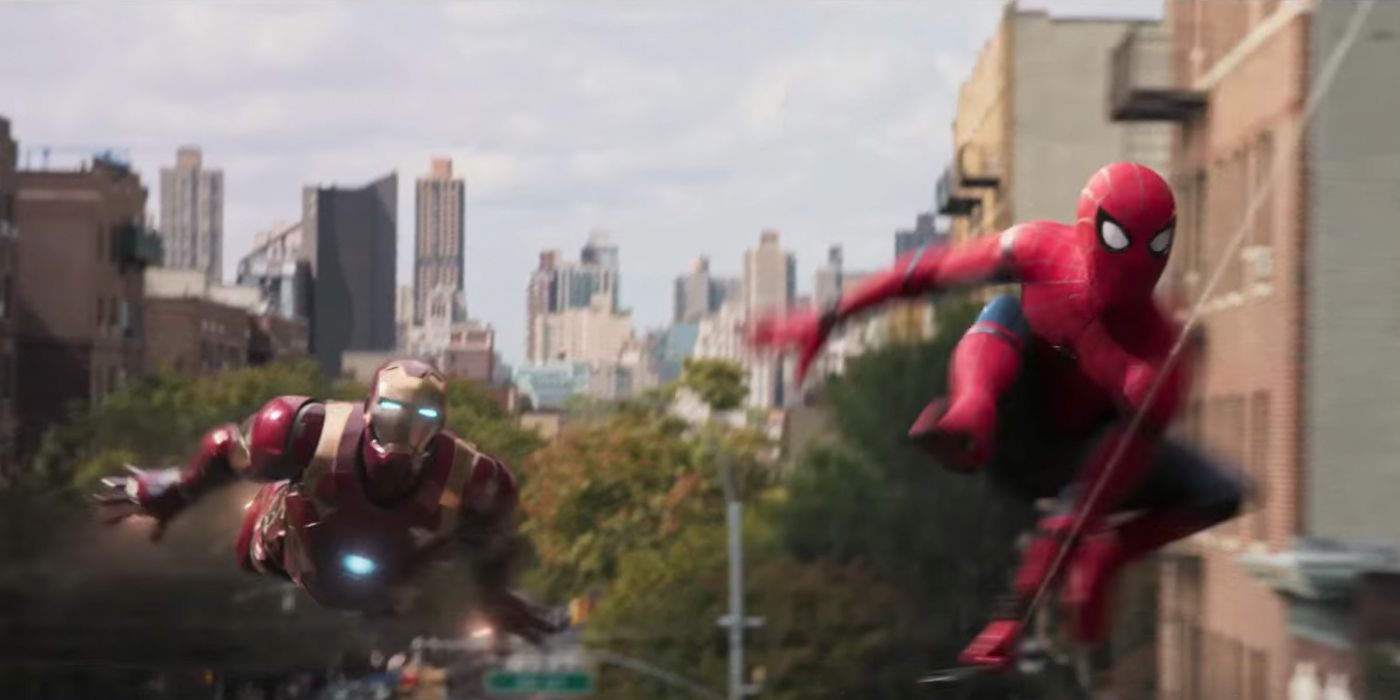We all thought we knew the future of Spider-Man. After a historic deal between Disney and Sony, he was going to be a key part of the Marvel Cinematic Universe moving forward; Tom Holland’s take on Peter Parker debuted to great effect in Captain America: Civil War, setting up the exciting co-production Spider-Man: Homecoming before appearances in Avengers: Infinity War and presumably more standalones. With Holland locked in for six films and the MCU already one of the biggest movie franchises of all time, everything seemed set.
This was a vast departure from how Spidey had been in the past decade. Ever since Spider-Man 2 in 2004, Sony had struggled with the web-slinger. First Sam Raimi’s threequel was waylaid by merchandising constraints, then a fourth movie was canned due to contractual restrictions (Sony has to make a new Spidey movie every few years to retain the character rights), leading to rushed proto-Twilight reboot The Amazing Spider-Man. That did fine enough, but by the time the sequel rolled around the studio was singularly focused on building a shared universe, with The Amazing Spider-Man 2 explicitly setting up Sinister Six and plans in place for everything from a Venom spin-off to an Aunt May spy prequel. This didn't go quite to plan.
Although Sony said it was still exploring alternate movie avenues following the Marvel deal, that all seemed dead and done now the MCU version was moving forward. Not so. Recently news has broke that Venom is set for October 2018, and now a Black Cat and Silver Sable project has been announced. But that’s not the shocking part. According to THR's Borys Kit, these films aren’t going to be a part of the MCU, with neither Marvel nor super-producer Kevin Feige involved. That’s right – along with having the hero in the MCU and producing their own standalone series within that, Sony’s still trying to build the shared universe.
Even in the short history of shared universes as Hollywood’s go-to we’ve seen cases of multiple takes on franchises - Toho is still making Godzilla films while Legendary builds towards the MonsterVerse, DC has as big a world on TV as it does the big screen and Marvel’s cartoons play to a totally different generation of fans – but none have been as high profile of this. Can it possibly work? Let’s find out.
The Obvious Problems
Venom and Black Cat aren’t the first officially announced Spider-movies known to be in development apart from the MCU. Sony has been working on an Animated Spider-Man outing for years, with The Lego Movie’s Phil Lord and Chris Miller attached as executive producers (thus suggesting a tone closer to Lego Batman than any of the live-action versions), but that was always viewed a lighter offshoot – this is almost direct competition.
Thus, at the very least, we’re dealing with a major conflict of interest. Lego Batman and Justice League can come out in the same year because it’s immediately obvious that they’re different experiences. It’s unclear the exact approach Sony’s taking with these movies, but if they’re anything close to what’s expected then making spin-offs alongside the unrelated Spider-Man of the MCU is a recipe for confusion. Although die-hard fans are au fait with the various legal wranglings behind popular comic book movies, most mainstream audiences aren’t; even those who know the distinction between Marvel and DC may not quite follow the different rights at different studios. This is only compounded when Spidey is now part of the Avengers – how are some films in canon and some aren’t? Comic book movie storytelling is maturing in this regard - see what Fox has done recently with the disconnected Deadpool and Logan - but this is murky waters.
The whole thing feels like we’re back where we three four years ago following The Amazing Spider-Man 2, when Sony was rushing out as many potential projects as possible in the hope of finding a hit. An uber-cynical standpoint would be they’re essentially using a core Marvel connection and Feige’s oversight to rehabilitate Peter Parker in the public eye, and then cashing in on that connection. And in part that’s understandable. According to Sony's Spider-Man rights, even with the Marvel deal addendum, they only make money from explicit Spider-Man films, with no interest in associated merchandise or the box office of films he simply appears in (such as any Avengers movies). As such they need to be a bit more forceful; whereas Disney, Warner Bros. and Fox can release multiple films a year from their superhero licenses, Sony is more limited, especially as the Marvel deal now locks them within another studio's cycle. However, even with that all understood, the creative confusion around the proposed expansion has a potentially very detrimental outcome.
What Sony is essentially trying to do is build a Spider-Man shared universe without Spider-Man, which is just as staggering a task as it sounds. Back with The Amazing Spider-Man, the main concern was Andrew Garfield's contract, but now with Tom Holland's paperwork there's his deal and the considerations of a new company. Beyond that, the whole thing ultimately hinges on the quality of the ideas, and it’s questionable whether they can get strong ones. Peter Parker is the biggest superhero in the world - when taking account for merchandise Spider-Man eclipses all the competition combined - but while his villains are beloved, they typically play directly off of him; Venom is a literal dark mirror and Black Cat’s fun is how she meddles with Parker’s mind. Fitting of how Spider-Man is the regular guy, his rogue's gallery is defined by their relationship to him. Great for traditional stories, but hard to make a Spider-Man universe apart from that.
How To Make It Work?
First, let's address what feels like an obvious, if perhaps inelegant, solution: to have the Spider-Man Cinematic Universe be an unspoken part of the MCU. The intricate details of the deal between Sony and Marvel regarding Spider-Man as part of the shared universe aren’t known, but there’s surely a way for the former to make movies that - through very carefully placed references (possibly just to the events of Homecoming and its sequels) - can be read as part of the latter’s world. The legality of this would be questionable, but if there was no explicit pushing the point it’s something that could work, giving the movies a sense of purpose and the potential to link up to subsequent, proper MCU outings. The would, of course, still lead to the conflict issue, especially as Marvel is now releasing three films a year, and it’s unlikely Disney would be too happy with the rivals-turned-partners pulling such a blatant trick (especially given Marvel's "everything is connected" mantra). It’s also a bit shallow from a fan point of view - not dissimilar to the early days of Agents of S.H.I.E.L.D. where the major world building was just targeted references to Avengers characters with little real-world purpose.
Regardless of whether Sony try that, though, there’s a bigger issue that needs addressing: Spider-Man himself. As already established, the explicit point of these spin-offs has always been to make films within the character’s mythology without having to lean on a single actor. This type of world building isn’t too far from what Marvel did in Phase 1 (and has led to DC’s slow moving in contrast), but the issue is we’re using characters who have never really operated independently on a big stage. Even if we're doing Spider-lite, there still needs to be some presence of the central hero. This may be why Sony has ditched Sinister Six - there’s no way to do that film and not feature Peter Parker or a successor prominently.
If Sony try the fake connection then they can somewhat coast on the MCU hype (or possibly even get a few token Holland appearances), but from the more likely standpoint they don’t take the risk, what are the options? Well, they have to have a new Spider-Man, although then we’re deep down the conflicting versions rabbit hole again. The best way around this is to approach it similar to how Supergirl treated Superman in its first season, teasing the character to bring people in the world but keeping him very much on the peripherals (other shows, such as Powerless, have tried similar tricks, but this is the most successful). That inevitably led to the introduction of a fully-formed Superman in season 2, but by then the show stood on its own and its Kal-El clearly distinct from the other present version in the DCEU.
This notion would create a separate universe, which isn’t ideal, but if the connection remains slight it’s something that would only bother die-hard fans who have an appreciation of why a studio would pull this. Besides, Logan specifically has shown that broader iconography is more important as coherent cross-movie narrative. Which brings us to the viability of the individual films proposed - what do the two Sony has chosen offer?
Well, with Venom the studio's actually got a very strong idea. Here is one character who, despite such an intrinsic link to Peter Parker, has enough inherent intrigue to his corrupting powers and obvious duality that he can work by himself (and, with his portrayal in Spider-Man 3 still reviled, may actually benefit from a distinction); you can take one of any of his various alter egos or even pivot into Carnage to make a film with more than enough material that has only a cursory glance towards Spider-Man. Indeed, in recent years Venom has moved beyond being a Spidey property, last prominently featured in print as part of the new-look Guardians of the Galaxy. That exact event won’t happen, but there’s a lot of ways to go.
Black Cat and Silver Sable is a little more questionable, insofar as the relationship between the two characters is limited in the comics and there’s next to no pre-existing knowledge of either of them in the mainstream – the closest we got was Felicity Jones as Felicia Hardy in The Amazing Spider-Man 2, setup for a movie we never got. That said, Silver Sable did have her own short-lived comic run, so is a proven standalone, while Black Cat offers one of Spidey’s strongest female anti-heroes; together they could carry a different, woman-led comic book movie, something other studios are likewise looking towards.
Conclusion
Sony’s approach with Spider-Man should be to make good films first, then worry about the next decade. With them advancing on an eclectic set of projects apart from their other finger in the MCU pie, however, it looks like they're clearly rushing ahead.That's not to say they shouldn’t try something beyond Homecoming - considering how the current sharing deal, while good for individual Spider-Man films, leaves then with considerably less box office space than their rivals, it's understandable.
The one consolation they must accept is a reduction in the actual presence of Spider-Man, although when you have fifty years of assorted characters to take from that needn’t be a deal-breaker; what Sony’s chosen are two projects that have standalone viability. Within that, though, the issue remains about how they handle the web-crawler himself. If the films are good but the Spider-Man connection weak, confusing or otherwise uninspiring, then what’s the point?
Ultimately, the question of whether Sony's universe can work apart from the MCU hinges entirely on how they handle the invisible glue behind it. What they're actually doing remains unclear, but let’s hope they’ve got one hell of a solution.




